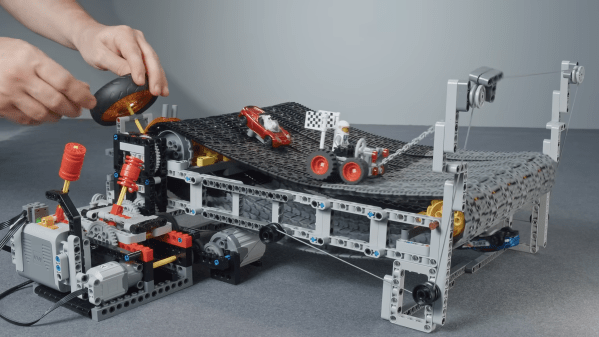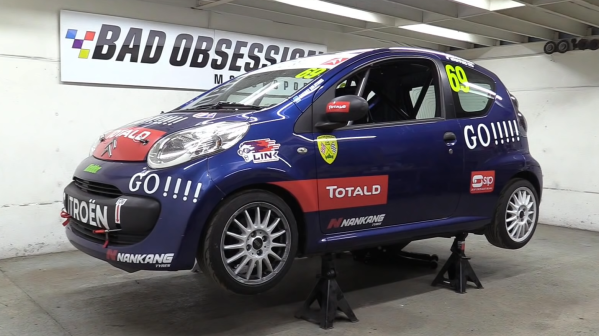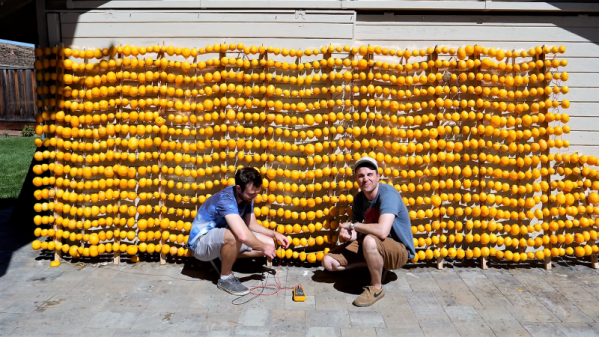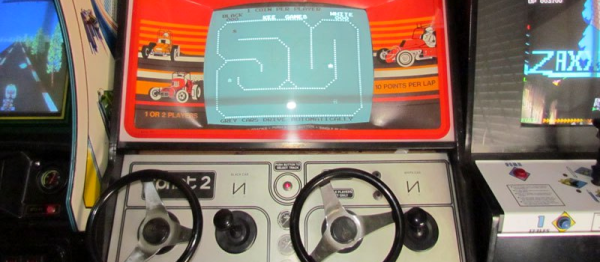Automotive racing is a grueling endeavor, a test of one’s mental and physical prowess to push an engineered masterpiece to its limit. This is all the more true of 24 hour endurance races where teams tag team to get the most laps of a circuit in over a 24 hour period. The format pushes cars and drivers to the very limit. Doing so on a $500 budget as presented by the 24 hours of Lemons makes this all the more impressive!
Of course, racing on a $500 budget is difficult to say the least. All the expected Fédération Internationale de l’Automobile (FIA) safety requirements are still in place, including roll cage, seats and fire extinguisher. However, brakes, wheels, tires and safety equipment are not factored into the cost of the car, which is good because an FIA racing seat can run well in excess of the budget. Despite the name, most races are twelve to sixteen hours across two days, but 24 hour endurance races are run. The very limiting budget and amateur nature of the event has created a large amount of room for teams to get creative with car restorations and race car builds.

















